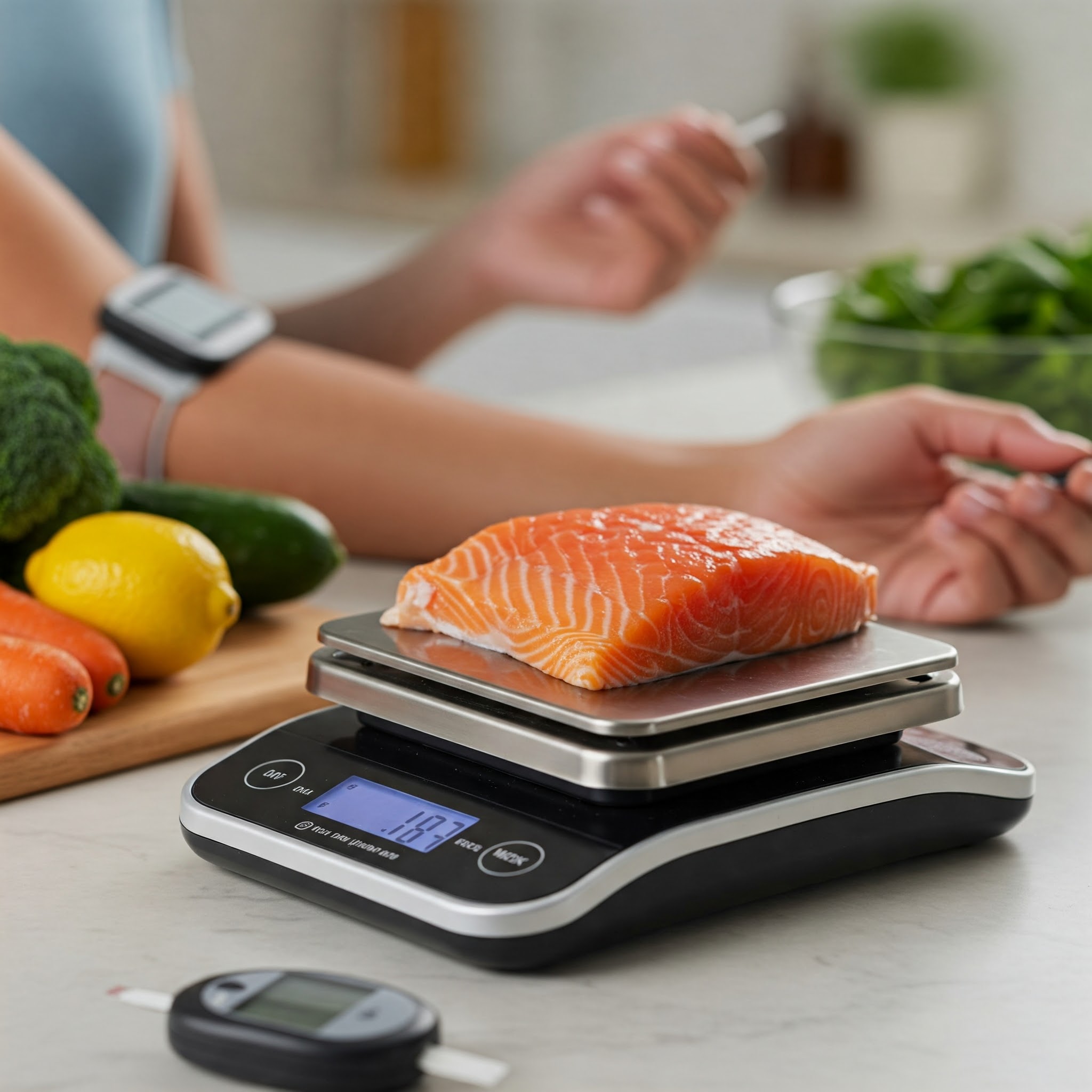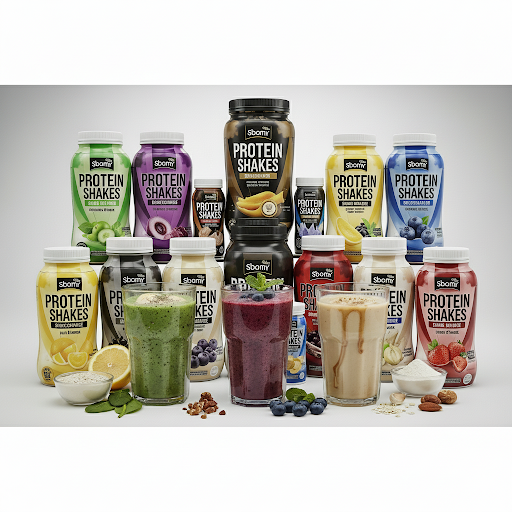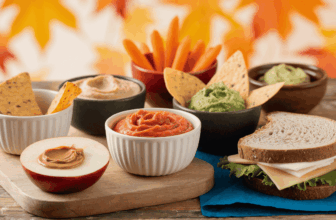
This is the best purchase we have ever made!
When you live with Type 1 Diabetes, guessing carbs can feel like gambling—and sometimes the stakes are your blood sugar. While nutrition labels and measuring cups are helpful, nothing beats the precision of a nutritional food scale when it comes to counting carbs accurately.
Here’s how and why using a food scale can make a big difference in your T1D management.
🧠 Why a Food Scale Matters
Measuring by weight (in grams) is far more accurate than eyeballing portions or relying on serving sizes. For example:
- A “medium” apple could be 15g or 30g of carbs depending on its size.
- 1 cup of pasta? That varies wildly based on shape, how it’s packed, or if it’s cooked.
Small differences add up—especially with insulin dosing. A food scale helps you:
✅ Dose insulin more precisely
✅ Prevent unexpected highs or lows
✅ Build more confidence and consistency in mealtime management
⚙️ How to Use a Nutritional Food Scale
- Place the scale on a flat surface.
- Turn it on and zero it out (tare function).
- Place your plate or bowl on the scale and tare again.
- Add your food one item at a time, noting the gram weight and determine the carbs based on the weight. (We use this to measure crackers, etc)
- Add a food code on the Nutritional Food Scale to get exact carb counts per gram.
Watch our YouTube video to learn how to use the food scale!
📝 Example:
You weigh 85 grams of cooked white rice. A quick search tells you that cooked white rice has about 0.28g of carbs per gram → 85g x 0.28 = ~24g carbs.
💡 Bonus Tips
- Keep a notebook or carb log of your most commonly eaten foods.
- Label containers at home (e.g., “1 tbsp peanut butter = 16g”).
- Teach kids or teens with T1D how to use the scale early—it builds confidence!
- Use a scale when baking or making large recipes to calculate total carbs and serving sizes accurately.
🙌 Final Thoughts
A nutritional food scale isn’t just for “hardcore” carb counters—it’s a simple, affordable tool that brings peace of mind, accuracy, and fewer surprises on your CGM graph. 📉📈
If you’re tired of estimating and ready to feel more in control, this might be the most helpful tool you ever buy.
Tip: Look for a digital scale that measures in grams and has a tare function. Bonus if it has a built-in nutrition database like this one- click here to purchase!
Have you tried using a food scale for carb counting? Share your tips or favorite models in the comments!







